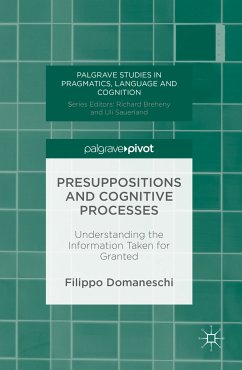Metaphor Networks focuses on the historical evolution of metaphor and proposes new theories on language change based on substantial empirical data. It explores how the metaphors of today are very often linked to images existing in the past and traces metaphor paths back to the Middle Ages and Antiquity. The findings reveal that regular patters of evolution emerge and the aims of the book are to find out what lies behind these patterns.
Dieser Download kann aus rechtlichen Gründen nur mit Rechnungsadresse in A, B, BG, CY, CZ, D, DK, EW, E, FIN, F, GR, HR, H, IRL, I, LT, L, LR, M, NL, PL, P, R, S, SLO, SK ausgeliefert werden.









